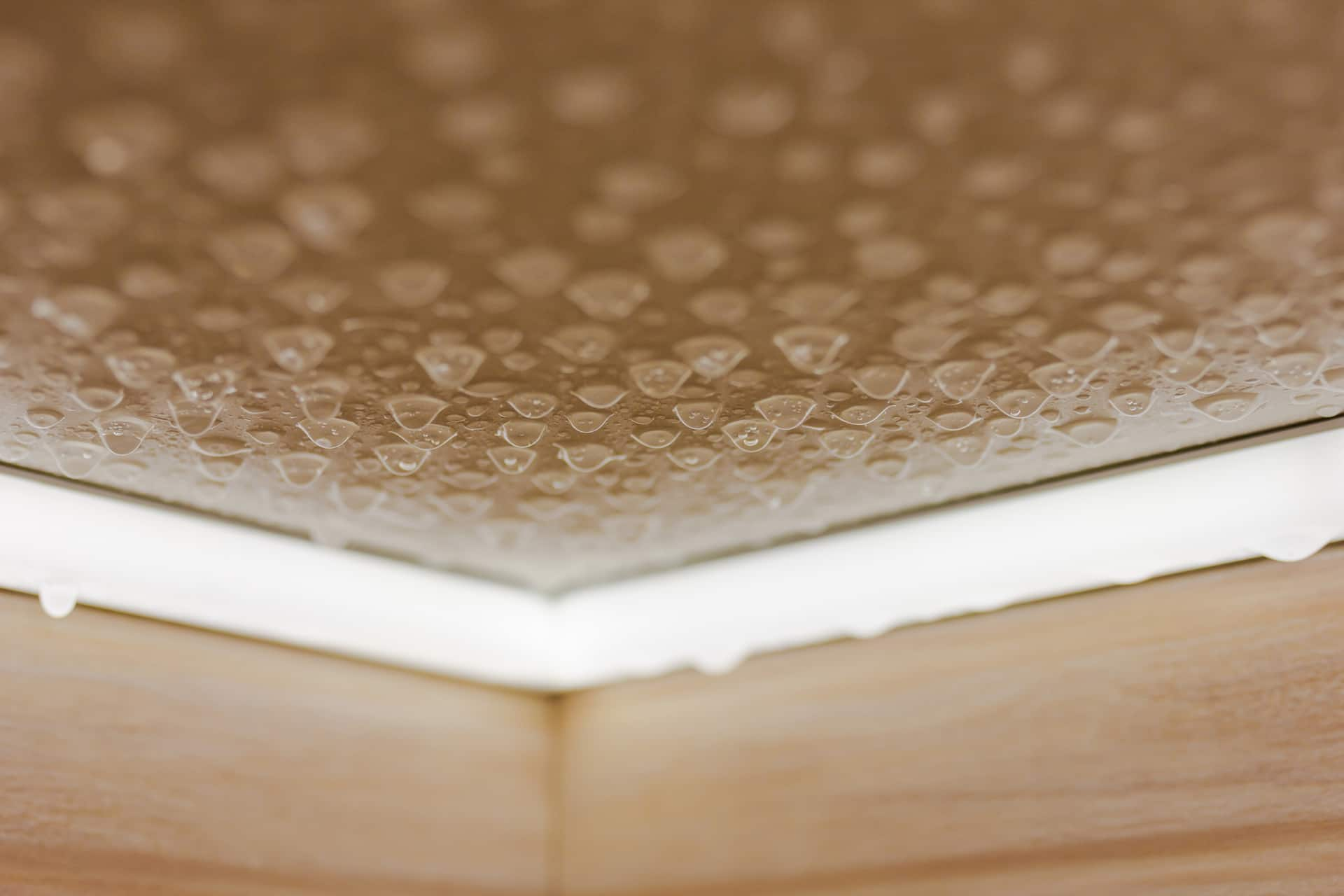6 Water Damage Reconstruction Do's and Don'ts.
6 Water Damage Reconstruction Do's and Don'ts.
Blog Article
What are your ideas on 5 Home Safety Tips To Reduce The Risk Of Fire And Water Damage?

Water provides life, water invasion on parts where it's not meant to be can result in damages. Houses with water damages odor mildewy as well as old.
Water can come from numerous sources such as tropical cyclones, floodings, ruptured pipes, leaks, and sewage system concerns. In case you experience water damages, it would be good to recognize some safety and security precautions. Here are a couple of standards on how to deal with water damages.
Do Prioritize Home Insurance Insurance Coverage
Water damage from flood because of heavy winds is seasonal. You can also experience an unexpected flooding when a faulty pipe instantly bursts into your house. It would certainly be best to have home insurance coverage that covers both disasters such as all-natural calamities, and emergencies like busted plumbing.
Don't Forget to Turn Off Utilities
In the event of a catastrophe, particularly if you stay in a flood-prone location, it would certainly be a good idea to switch off the primary electric circuit. This cuts off power to your whole house, stopping electric shocks when water is available in as it is a conductor. Furthermore, don't forget to switch off the major water line valve. Furnishings will certainly move about and create damage when floodwaters are high. Having the major valve shut off stops further damages.
Do Stay Proactive and also Heed Climate Alerts
Tornado floods can be very uncertain. Stay aggressive and ready if there is a history of flooding in your community. If you live near a lake, creek, or river , pay attention to discharge cautions. Take out belongings from the first stage and also cellar, then put them on the greatest possible degree. Doing so minimizes potential home damage.
Don't Ignore the Roofing System
You can prevent rain damages if there are no holes and also leakages in your roofing system. This will prevent water from moving down your walls and saturating your ceiling.
Do Focus On Small Leakages
A burst pipe does not happen over night. Normally, there are red flags that indicate you have actually weakened pipelines in your home. You may observe gurgling paint, peeling off wallpaper, water touches, water discolorations, or leaking sounds behind the wall surfaces. Eventually, this pipe will rupture. Preferably, you ought to not await points to rise. Have your plumbing fixed prior to it causes massive damage.
Do Not Panic in Case of a Ruptured Pipe
Maintaining your presence of mind is vital in a time of situation. Due to the fact that it will suppress you from acting quick, panicking will just compound the issue. Timing is crucial when it comes to water damages. The longer you wait, the more damages you can anticipate. Thus, if a pipeline bursts in your house, immediately turned off your major water shutoff to cut off the source. After that disconnect all electrical outlets in the area or shut off the breaker for that part of the house. Ultimately, call a respectable water damages repair professional for support.
Water gives life, water intrusion on parts where it's not supposed to be can result in damages. Residences with water damages odor old as well as moldy.
Water damages from flooding dues to heavy winds is seasonal. You might notice bubbling paint, peeling off wallpaper, water streaks, water stains, or trickling sounds behind the wall surfaces. When it comes to water damages, timing is key.
Some Do's & Don't When Dealing with a Water Damage
DO:
Make sure the water source has been eliminated. Contact a plumber if needed. Turn off circuit breakers supplying electricity to wet areas and unplug any electronics that are on wet carpet or surfaces Remove small furniture items Remove as much excess water as possible by mopping or blotting; Use WHITE towels to blot wet carpeting Wipe water from wooden furniture after removing anything on it Remove and prop up wet upholstery cushions for even drying (check for any bleeding) Pin up curtains or furniture skirts if needed Place aluminum foil, saucers or wood blocks between furniture legs and wet carpet Turn on air conditioning for maximum drying in winter and open windows in the summer Open any drawers and cabinets affected for complete drying but do not force them open Remove any valuable art objects or paintings to a safe, dry place Open any suitcases or luggage that may have been affected to dry, preferably in sunlight Hang any fur or leather goods to dry at room temperature Punch small holes in sagging ceilings to relieve trapped water (don't forget to place pans beneath!); however, if the ceiling is sagging extremely low, stay out of the room and we'll take care of it DO NOT:
Leave wet fabrics in place; dry them as soon as possible Leave books, magazines or any other colored items on wet carpets or floor Use your household vacuum to remove water Use TV's or other electronics/appliances while standing on wet carpets or floors; especially not on wet concrete floors Turn on ceiling fixtures if the ceiling is wet Turn your heat up, unless instructed otherwise

I came across that blog post on What You Can Do At Home To Prevent Fire And Water Damage when looking around the internet. Enjoyed reading our piece? Please share it. Help another person find it. I cherish reading our article about Simple Solutions To Preventing Fire And Water Damage To Your Home.
Report this page